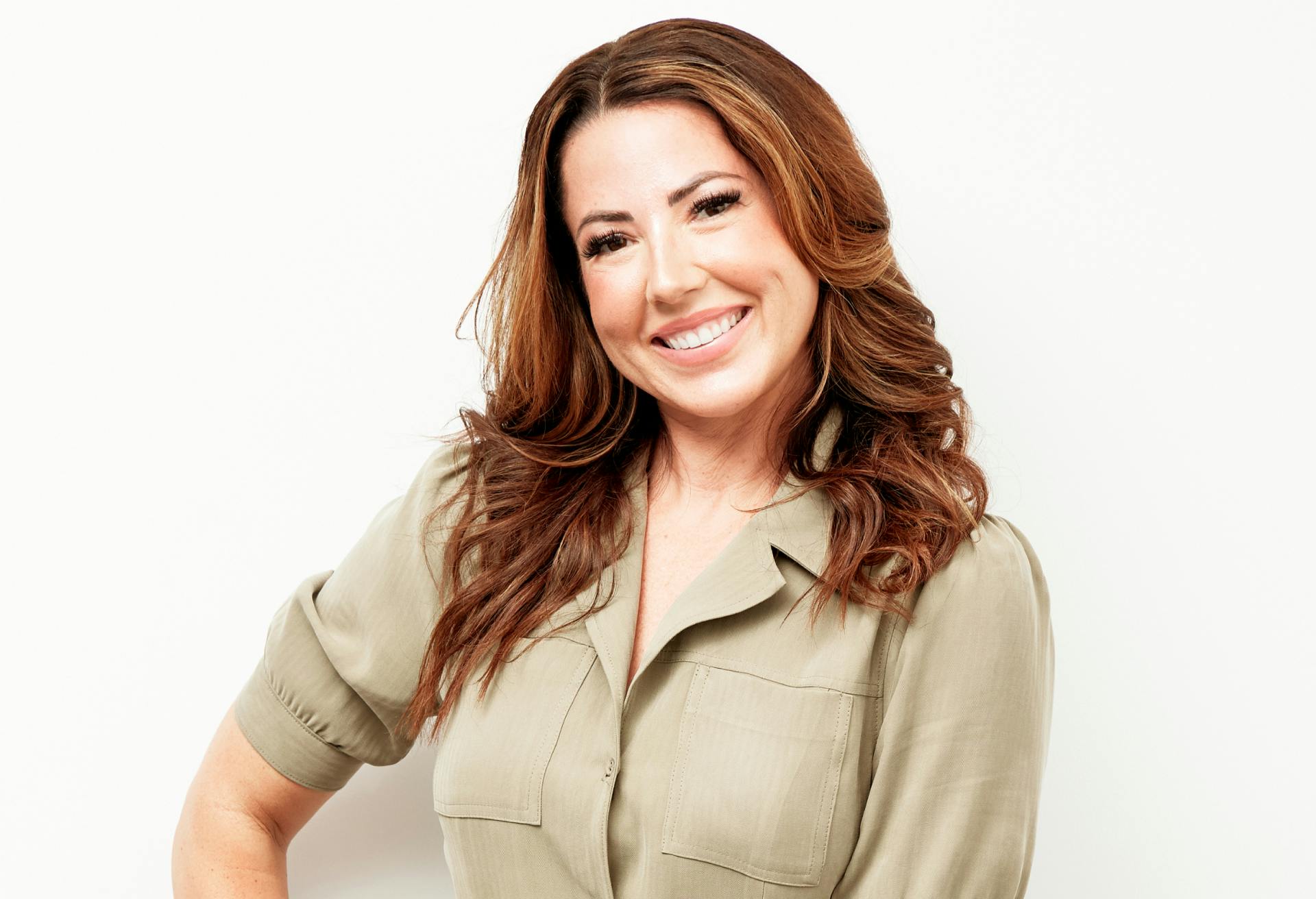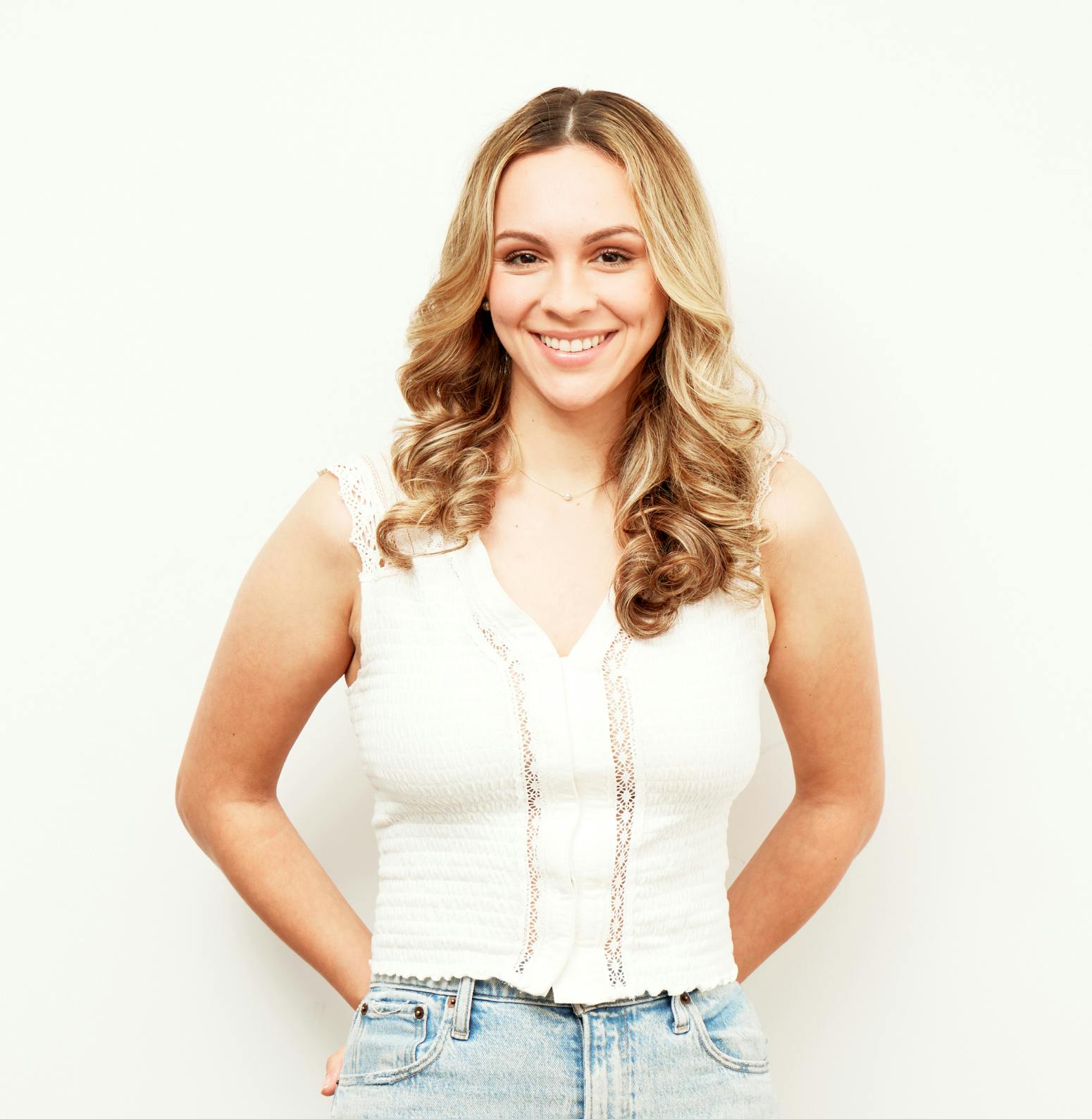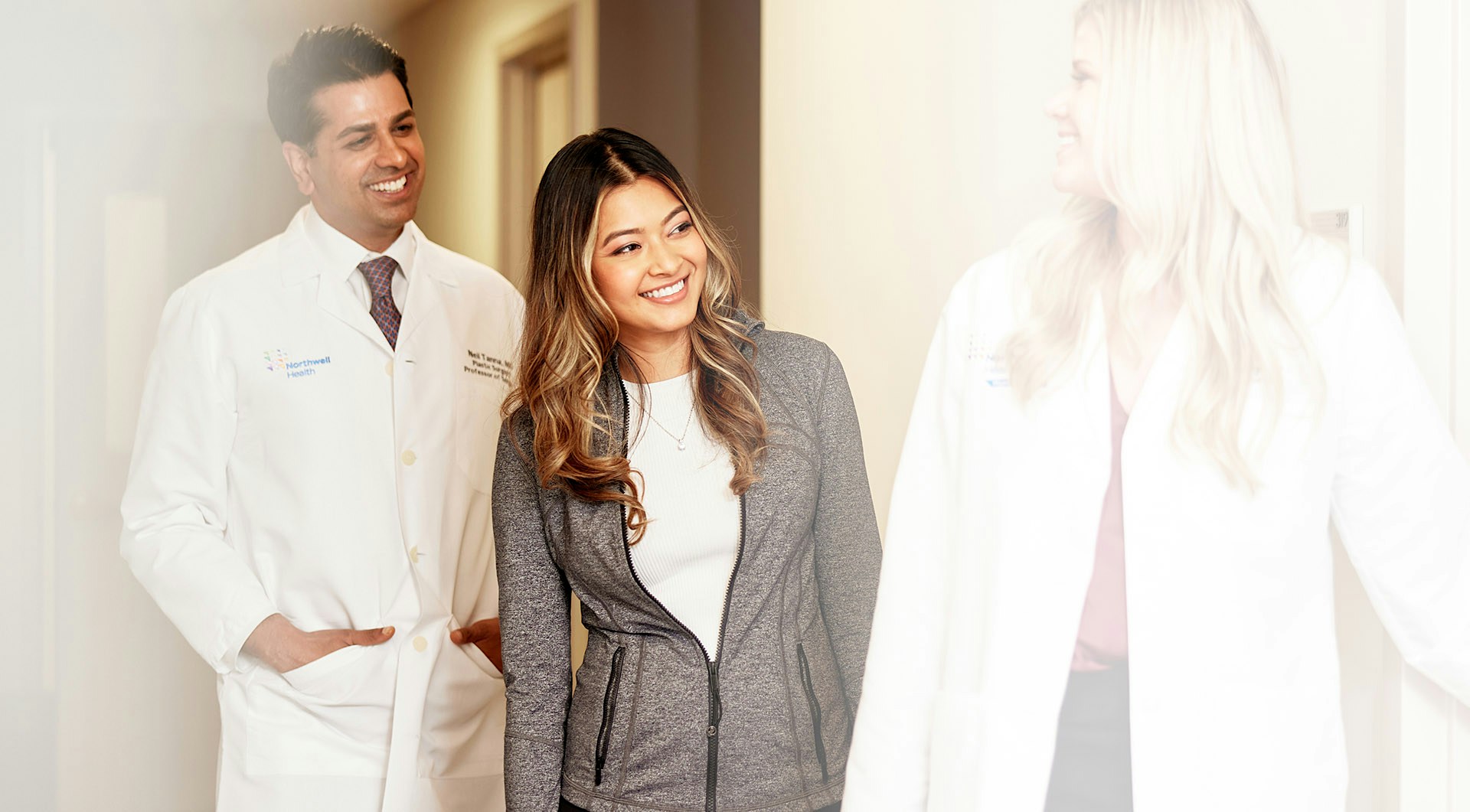Fat grafting breast reconstruction is a surgical technique designed to enhance the appearance of the breasts following mastectomy, lumpectomy, or radiation therapy.
What Is Fat Grafting?
Fat grafting, also called fat transfer, is performed on an outpatient basis. The first step is to harvest fat cells from an area of the body where they are plentiful, often the thighs, stomach, or buttocks. Next, the fat cells are purified in a centrifuge. The last step is to inject the fat into the chest area, increasing breast volume in a way that looks organic and seamless.
While some of the fat will be absorbed by the body over the course of several months, the fat that remains will boost the cup size and help to enhance the result of implant or flap reconstruction surgery.







